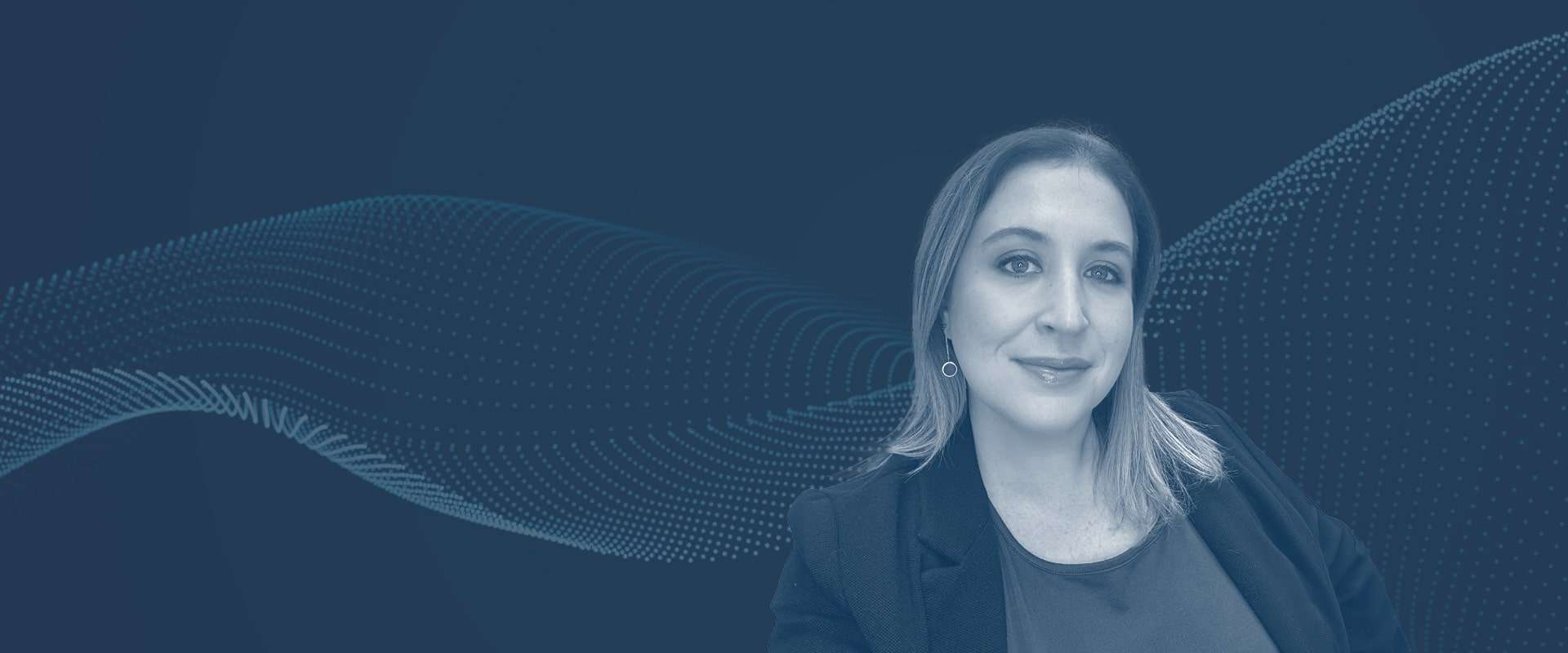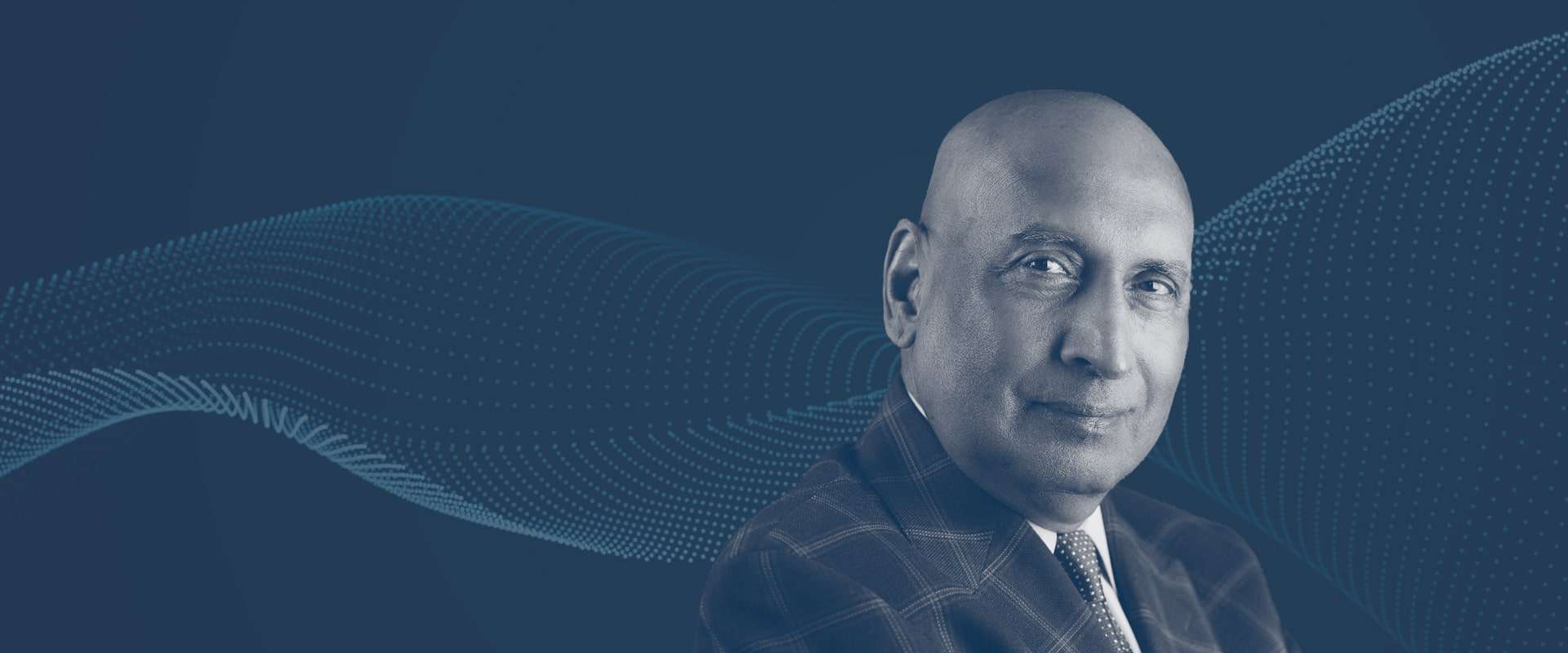Summer has finally arrived and with the warmer temperatures comes the promise of cookouts, parades, outdoor festivals and concerts, and fireworks displays. For many audiologists, summer represents the perfect opportunity to remind people to pack their earplugs as they head to the many noisy past-times that are part of our summer traditions.
Soon our social media feeds will explode with catchy taglines like “Let Freedom ring, not your ears!” as dedicated audiologists across the country embrace the opportunity to educate our fellow Americans about the inherent dangers of summer fun.
These messages are just the tip of the iceberg in terms of our opportunity to position ourselves as the experts in hearing health and to expand our market to include hearing loss prevention in addition to the management of hearing loss. Nearly 100 percent of people have ears…and if ears are our specialty, it’s our responsibility as audiologists not only to care for them when they aren’t working optimally, but also to provide education, services, and products that will help protect them for a lifetime.
Clinical preventive strategies are available for many chronic diseases; these strategies include intervening before disease occurs (primary prevention), detecting and treating disease at an early stage (secondary prevention), and managing disease to slow or stop its progression (tertiary prevention) (Levine et al, 2019).
Although there are no data available to quantify the typical audiology practice, preventive health care in general is underutilized. Preventive care spending in the United States constituted 2.9 percent of total health expenditures in 2018, which represents a decline since 2000 (3.7 percent) (Kamal, 2020). Only 8 percent of U.S. adults age thirty-five and older receive all of the high-priority, appropriate clinical preventive services recommended for them (Borsky, 2018).
Think about your current clinical caseload. In a typical day, what proportion of your time is spent promoting hearing health and wellness, including hearing loss prevention, as compared to focusing on diagnosis and management of hearing loss?
Other doctoring professions with an opportunity to emphasize preventative medicine have variable amounts of time allocated to prevention versus treatment. Dentistry boasts a high proportion of preventive care visits (around 35 percent, or nearly 200 million visits per year) vs 10 percent of visits (around 50 million) for treatment and those numbers are predicted to increase over the next five years due to recent changes in coverage under the Affordable Care Act (Meyerhoefer, 2016).
Colleagues in optometry and dermatology have increased efforts to focus on preventative wellness by encouraging routine eye exams and daily use of sunscreen. The rate of blood pressure screening is close to 90 percent (Lehman, 2018).
Healthy People 2030 is an initiative developed by the U.S. Department of Health and Human Services (USDHHS) and the Office of Disease Prevention and Health Promotion (ODPHP) that sets data-driven national objectives to improve health and well-being over the next decade. There are three objectives specifically related to hearing loss prevention and identification in adults as follows:
- Reduce the proportion of adults who have hearing loss due to noise exposure from 97.8 per 1,000 adults to 79.0 per 1,000 adults (U.S. Dept of Health and Human Services, n.d.).
- Increase the proportion of adults who use hearing protection devices around loud sounds from 66.7 percent to 71.4 percent (U.S. Department of Health and Human Services, n.d.a).
- Increase the proportion of adults who have had a hearing test in the last five years from 21.8 percent to 24.4 percent (U.S. Department of Health and Human Services, n.d.b).
The Challenge
This President’s Challenge is to double-down on your hearing loss prevention and early identification efforts. Take some time to really consider the ways in which your target at-risk populations and how you choose to provide education. Then identify your best opportunities to make an impact and increase utilization of preventive audiologic services. Some ideas to get you started:
| Population | Possible Strategies |
| Patients with pre-existing comorbidities including hypertension and diabetes | Work with endocrinologists and cardiac medicine teams to develop screening and educational programs for patients identified with and managing conditions known to have higher risk of hearing loss. |
| Patients with history of polypharmacy or ototoxic medication regimens | Review and refine ototoxic monitoring programs, develop materials for use with physician colleagues who are prescribing ototoxic meds, create educational materials for pharmacists to distribute. |
| Individuals exposed to non-occupational noise (e.g., school bands, local orchestras, choirs, hunting clubs, etc.) | Volunteer to deliver screenings, create programs for custom earplug delivery, provide educational programs, etc. |
| School-age children | Volunteer to deliver in-classroom educational experiences, using programs like Dangerous Decibels® |
| All patients | Provide earplugs and information on avoidable risk factors for hearing loss and how to mitigate them (e.g., sound-level meter apps, limiting exposure time and intensity, using appropriate hearing protection devices, etc.) |
Audiologists have an opportunity to demonstrate our value to the health-care system for much more than just identification and management of hearing loss. As health care moves to a value-based care model instead of fee-for-service, articulating our ability to prevent chronic disease, not just manage it, will become increasingly important.
So, this summer, in addition to posting pictures of kids in hearing protection at the local fireworks display, make sure to take the opportunity to emphasize preventive care as a critical part of the audiological services we provide.
Get out there and take on the challenge!
References
Borsky A, Zhan C, Miller T, Ngo-Metzger Q, Bierman AS, Meyers D. (2018) Few Americans Receive All High-Priority, Appropriate Clinical Preventive Services. Health Affairs.org. 37(6). www.healthaffairs.org/doi/full/10.1377/hlthaff.2017.1248 (accessed June 3, 2022).
Kamal R, Hudman, J. (2020) What do we know about spending related to public health in the U.S. and comparable countries? September 30. www.healthsystemtracker.org/chart-collection/what-do-we-know-about-spending-related-to-public-health-in-the-u-s-and-comparable-countries/#Preventive%20care%20spending%20by%20government/compulsory%20schemes%20as%20a%20share%20of%20total%20national%20health%20expenditures,%202018 (accessed June 3, 2022).
Levine S, Malone E, Lekiachvili A, Briss P. (2019) Health care industry insights: why the use of preventive services is still low. Preventing Chronic Disease. Centers for Disease Prevention and Control. www.cdc.gov/pcd/issues/2019/18_0625.htm (accessed June 3, 2022).
Lehman S. (2018) Most Americans miss out on preventive healthcare. Reuters Health. June 11. www.reuters.com/article/us-health-prevention/most-americans-miss-out-on-preventive-healthcare-idUSKBN1J72JG (accessed June 3, 2022).
Meyerhoefer C, Panovska I, Manski R. (2016) Projections of dental care use through 2026: preventive care to increase while treatment will decline. Health Affairs.org 35 (12). www.healthaffairs.org/doi/10.1377/hlthaff.2016.0833 (accessed June 3, 2022).
U.S. Department of Health and Human Services. Reduce the proportion of adults who have hearing loss due to noise exposure—HOSCD‑09. https://health.gov/healthypeople/objectives-and-data/browse-objectives/sensory-or-communication-disorders/reduce-proportion-adults-who-have-hearing-loss-due-noise-exposure-hoscd-09 (accessed June 3, 2022).
U.S. Department of Health and Human Services (n.d.a). Increase the proportion of adults who use hearing protective devices around loud sounds. https://health.gov/healthypeople/objectives-and-data/browse-objectives/sensory-or-communication-disorders/increase-proportion-adults-who-use-hearing-protection-devices-around-loud-sounds-hoscd-08 (accessed June 3, 2022).
U.S. Department of Health and Human Services (n.d.b). Increase proportion of adults who have had a hearing exam in the past five years. https://health.gov/healthypeople/objectives-and-data/browse-objectives/sensory-or-communication-disorders/increase-proportion-adults-who-have-had-hearing-exam-past-5-years-hoscd-06 (accessed June 3, 2022).
Resource
Centers for Disease Control and Prevention. Too Long! For Too Loud! www.cdc.gov/vitalsigns/hearingloss/index.html
Related Posts
PRESIDENT’S MESSAGE | Shaping the Future of Audiology
The best thing about starting a presidency in October is that I get to start my year in the best month for audiologists, Audiology Awareness…
PRESIDENT’S MESSAGE | Legends in Audiology
The field of audiology owes its development to the groundbreaking contributions of a small cohort of visionaries who laid the groundwork for this specialized area….
PRESIDENT’S MESSAGE | What Does the Future of Audiology Hold?
Audiology, a field that has journeyed far since its inception, has achieved significant milestones, filling us with pride and optimism for the future. In the…

